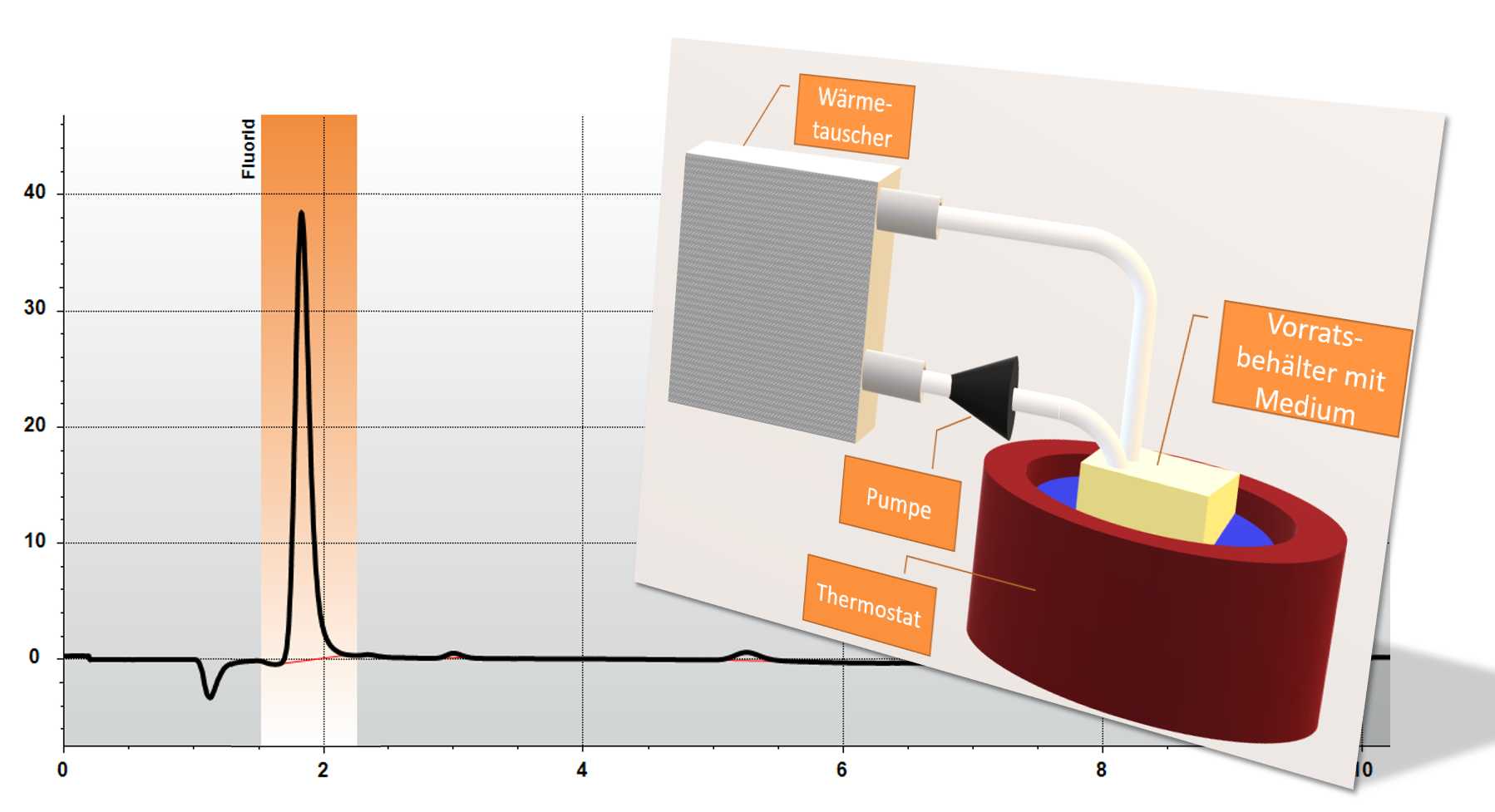Fluoride and residual pollution test
Testing of heat exchangers according to VW PV 3678
Today, aluminium heat exchangers in the automotive sector are mainly manufactured using soldering processes in controlled atmospheres (CAB). In this process, solder residues can remain in the radiator, which can later lead to failure of the cooling system during operation due to abrasion and corrosion.
Several major OEMs address this problem in special test specifications and standards. These describe in great detail the testing of heat exchangers for fluoride residues in particular and total residual pollution in general. These tests are used for water coolers, intercoolers, low temperature coolers, heating heat exchangers, engine oil and transmission oil coolers.
CleanControlling has set up a test stand with measuring methods in close cooperation with the corresponding standards authors in order to be able to test completely for these requirements.
Measuring principle
The heat exchanger is flushed under controlled conditions for 24 hours with 80 °C hot demineralised water. The fluoride content of the extract is then determined by ion chromatography.
In a second analysis, an aliquot of the extract is evaporated and the total residual contaminant is determined gravimetrically.
Profile
| Typical sectors | Automotive industry |
|---|---|
| Type of contamination | Ionic contamination from soldering processes (fluoride), residual pollution from soldering processes |
| Result | mg/L (fluoride), |
| Test standards and regulations | VW 011 37, VW PV 3678 |
Further Information
These tests are part of our accreditation, detailed information on the scope of accreditation can be found here.
You can also find an overview of tests for chemical-film contamination in our current brochure.
If you have any questions, the employees from our sales team will be happy to help you.
Newsletter registration

